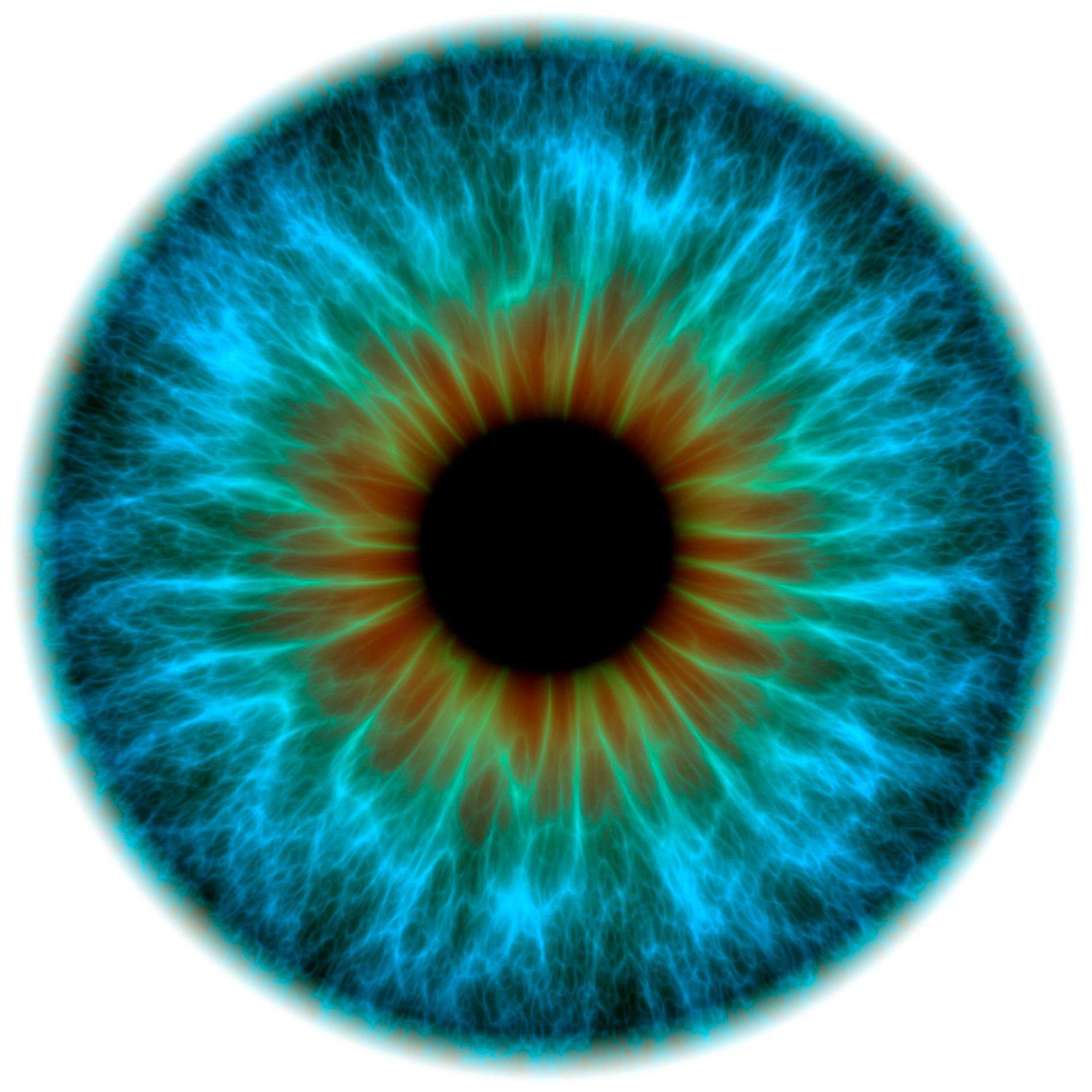Men and women really don't see eye to eye, according to a new study.
Females are better at discriminating among colors, researchers say, while males excel at tracking fast-moving objects and discerning detail from a distanceâevolutionary adaptations possibly linked to our hunter-gatherer past.
The study, led by Brooklyn College psychology professor Israel Abramov, put young adults with normal vision through a battery of tests.
In color experiments the men and women tended to ascribe different shades to the same objects. The researchers think they know why.
"Across most of the visible spectrum males require a slightly longer wavelength than do females in order to experience the same hue," the team concludes in the latest issue of the journal Biology of Sex Differences.
Since longer wavelengths are associated with "warmer" colors, an orange, for example, may appear redder to a man than to a woman. Likewise, the grass is almost always greener to women than to men, to whom verdant objects appear a bit yellower.
The study also found that men are less adept at distinguishing among shades in the center of the color spectrum: blues, greens, and yellows.
Where the men shone was in detecting quick-changing details from afar, particularly by better tracking the thinner, faster-flashing bars within a bank of blinking lights.
The team puts this advantage down to neuron development in the visual cortex, which is boosted by masculine hormones. Since males are flush with testosterone, in particular, they're born with 25 percent more neurons in this brain region than females, the team noted.
The vision findings support the so-called hunter-gatherer hypothesis, which argues that the sexes evolved distinct psychological abilities to fit their prehistoric roles, the team says. (See "Sex-Based Roles Gave Modern Humans an Edge, Study Says.")
Noting that men in the study showed "significantly greater sensitivity for fine detail and for rapidly moving stimuli," the researchers write that their hunter forebears "would have to detect possible predators or prey from afar and also identify and categorize these objects more easily."
Meanwhile, the vision of female "gatherers" may have become better adapted recognizing close-at-hand, static objects such as wild berries.
John Barbur, professor of optics and visual science at City University London, noted that females are often "worse off in terms of absolute chromatic [color] sensitivity than males."
But when it comes to noticing subtle differences among shades of a color, women do tend to come out on top, as they did in Abramov's experiments, said Barbur, who wasn't part of the new study.

zapbark on July 15th, 2019 at 14:24 UTC »
As a real life example of this, I was working at a convention that was popular enough that people were counterfeiting badges for it.
About half of the women could easily identify the counterfeit badges on sight due to a slightly different shade of color from the differing printing process, whereas none of the men could.
hummingbirbs on July 15th, 2019 at 10:11 UTC »
"Woah, did you see that purple S2K?" "The Premium Sunset Mauve? Yeah, rare sight."
Roryrooster on July 15th, 2019 at 09:42 UTC »
"Ugg, can you pick me some of the mauve berries on your way home.."
Ugg "...the purple ones?"
"No silly, the purple ones are deadly poisonous.. pick the mauve ones that grow from the taupe colored flowers."